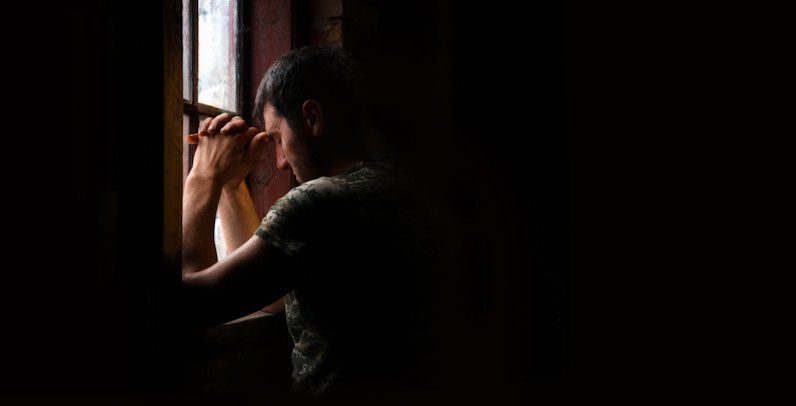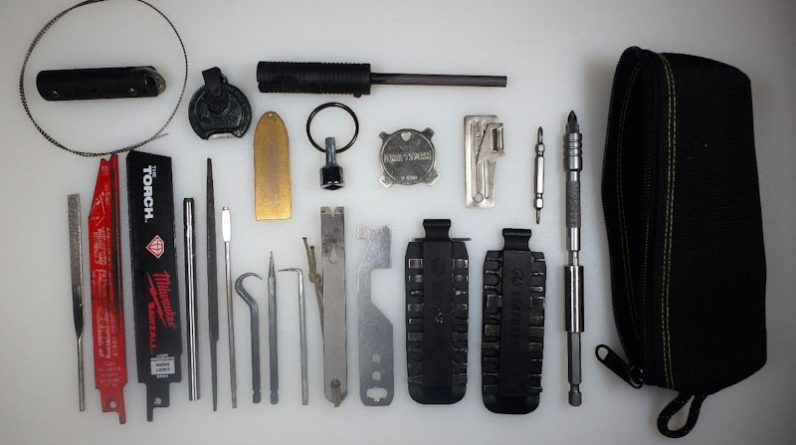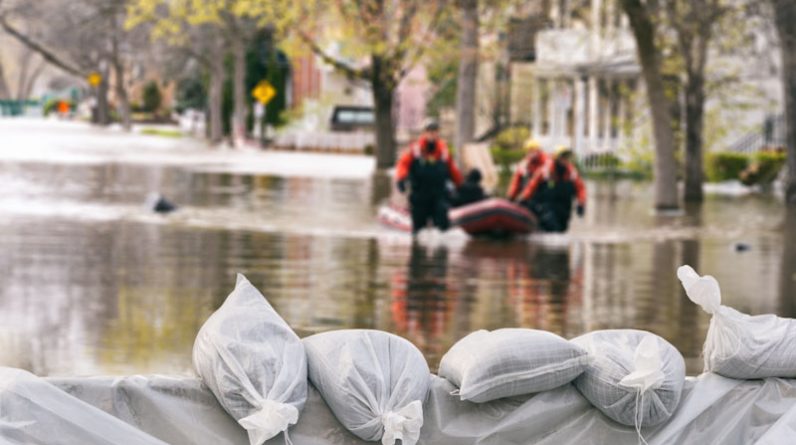I have been interested in survival stories all my life and since I was invited to write about survival about thirteen years ago, I have had the opportunity to research thousands of survival stories. I would like to share some of the lessons to be learned from actual survival ordeals and shed light on why some people survive when others die, mistakes that led survival ordeals or made them worse, and equipment, knowledge and techniques that helped or even ended a survival ordeal.
One of the most incredible stories is the story of longline fisherman José Salvador Alvarenga whose small open skiff was disabled in a storm and drifted an astonishing 6,000 miles from the coast of Mexico to the Marshall Islands, pitting Salvador against the Pacific Ocean for an unbelievable 438 days. His story is so incredible that I was skeptical that it was even possible.


I interviewed Salvador in 2017 and read the book about his ordeal 438 Days based on interviews and research by Jonathan Franklin. (Franklin, 2015) I wrote an article about that interview, but not from the specific point of view of this series of articles. After comparing information from the book and the interview with research and verifying facts, I became convinced of Salvador’s incredible story. In fact, in 2005 a crew of 5 drifted on a similar course in a larger, better-supplied vessel. Three were rescued at sea after drifting for 9 months. (Wikipedia, 2023)
Adrift in the Pacific
Salvadore Alvarenga fled violence in El Salvador, backpacking North along the West coast camping, hunting, and fishing until he reached a small fishing village in Mexico. Here, he began sweeping the sidewalks to show he was willing to work until he was given work mending fishing nets. He graduated from mending nets to fishing and was eventually trusted to captain a longline fishing boat.
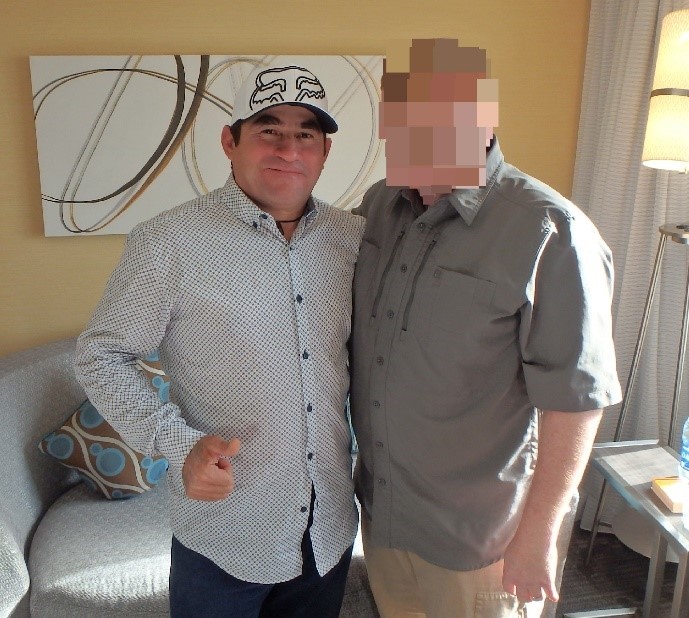

The boat was a 23’ open fiberglass vessel with a single outboard motor and a large cooler filled with ice that was filled with around a thousand pounds of catch that they had to dump due to the storm. The small vessel was crewed only by Salvador and his crewmate Ezequiel Córdoba. The two men suffered from dehydration, drinking the blood of sea turtles eventually resorting to drinking their own urine when they were unable to collect rainwater in empty bleach bottles used as floats and water bottles found floating in the ocean.
If they held still, seabirds would light on the boat to rest. By waiting until the birds began preening and resting, they were able to catch them. They drank the birds’ blood and cut the meat into thin strips and dried it on the cover of the broken-down outboard motor like a solar oven. In this way, they were able to sustain themselves for a few months until Córdoba found that one of the birds had eaten a snake. Before traveling to the coast to work on the fishing boat, a spiritual woman had warned Córdoba that he would be poisoned by a snake if he went to the coast. According to Salvador, this caused Córdoba to stop eating the seabirds they were using to sustain themselves and he subsequently weakened and eventually died about 4 months into the ordeal. After a period of mourning his companion, Salvador committed his body to the sea.
As the boat drifted, barnacles and other sea life grew on the hull and triggerfish eventually began to nibble them off the hull. Salvador disassembled pieces of the outboard motor and sharpened hook for snagging fish and fishing but lost most of his equipment overboard due to waves, weather, and accidents. He also ate sea turtles, sea turtle eggs, and drank their blood. He eventually suffered from severe constipation which he was able to relieve by catching a shark and eating its liver.
Salvador had a reputation for having an iron stomach. Years of exposure to poorly cooked food and eating all parts of animals may have helped develop his immune system and served him well during his survival ordeal. He was healthy, in the prime of life, and had a compact, stocky build that gave him an edge against hypothermia, having only tattered clothing and a large icebox for shelter.
Salvador leaned to keep birds alive in the hull of the boat by snapping a wing so they could not fly. Keeping them alive prevented them from decomposing and he kept a small flock of birds in this manner as food “on the wing.” He also collected water bottles and filled them when it rained. When his boat finally drifted into a small atoll in the Solomon Islands, he had many bottles of rainwater, a small flock of birds and a sea turtle on board.
Lessons Learned
There are several lessons to take away from Salvador’s ordeal adrift for 14 months in the Pacific. Most are equally applicable on land or at sea.
Don’t Be a Fundamentalist
If Salvador had read the SAS Survival Guide and the U.S. Armed Forces Survival Manual and applied every word literally, he probably would have died. These books, accepted by many as survival canon, warn survivors to “never” eat triggerfish, other reef fish, and predatory fish that feed on them, due to the risk of ciguatera poisoning. While this advice is sound near tropical reefs, triggerfish that live in the open ocean are edible. You can find them on the menus in seafood restaurants the world over. They are also the first fish to show up as rafts and boats drift and sea life begins to grow on them. Without them, many survivors wouldn’t live long enough for the ecosystem that gradually develops in the shade and cover provided by a drifting boat to attract other species.
Absolutes make for good sound bites, but survivors are practical experimenters, not fundamentalists. Fundamentalists die or survive by luck.
Carry Backup Propulsion
All boaters know that without propulsion your boat is dead in the water at the mercy of the current, wind and waves. Most sailboats have a motor to get them out of trouble and most power boats operating at sea or on large lakes have redundant propulsion systems. Power boaters also carry spare propellers, fasteners, plugs, and tools to change a prop.
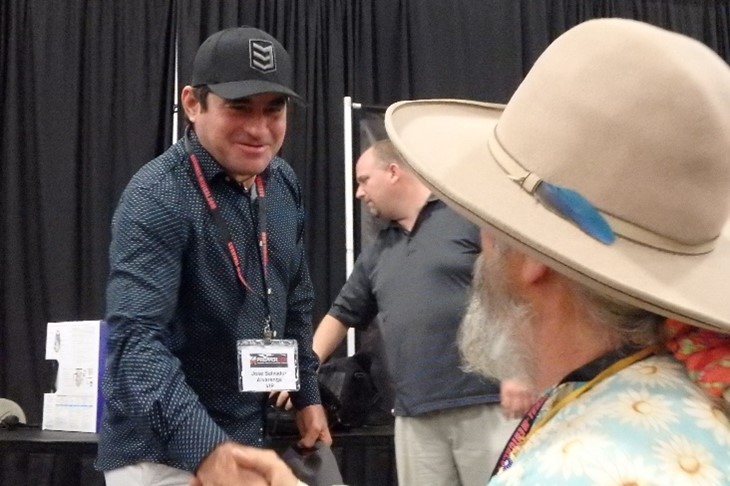

In Salvador’s case, the owner of the vessel likely had the choice of having more boats out fishing or fewer boats with dual outboards and better safety equipment, which would have meant lower profits and lower wages for the fishermen, but fewer fishermen lost at sea. The vessel didn’t belong to Salvador and how it was equipped was not his call and I’m sure he was grateful to have the job at all, so I’m not suggesting that he should have equipped the boat with a second motor. I can tell you that no amount of money would get him back out to sea under similar circumstances.
Many cash-strapped coastal, island and lake homesteaders face a similar dilemma. They simply don’t have the money for a second motor and head out on the water hoping their motor won’t break down or that they can fix it if it does.
Keep a Cool Head and Carry Backup Communications Gear
In Salvador’s case, nearly all his survival and fishing gear had to be cut loose or was washed overboard in the storm that disabled his motor. His link to land was a two-way radio. Unfortunately, the battery failed after a brief contact. Later, he threw the GPS and radio overboard in a fit of anger and frustration.
If a radio or satellite phone doesn’t work, that doesn’t mean it will never work. Sometimes it will work again for a little while once it dries out or the battery warms up. Getting a short message through could direct search efforts to the right area, but people communicate during rescues than many people think. Dozens of messages are often exchanged, especially at sea. Even if you successfully communicate your coordinates, you may be miles away by the time anyone can get there.
That’s why you need a way to recharge your communications gear and “last mile signal gear” to attract attention once a vessel or aircraft is in the vicinity. At sea, vessels should carry a radio, a GPS, a satellite phone, and an EPIRB (Emergency Position-indicating Radio Beacon) which broadcasts radio signals that SAR (Search & Rescue) personnel can use to locate you. Individuals can also carry PLBs (Personal Locator Beacons). A solar charger can help ensure your communications gear stays charged.
Signaling Doesn’t Always Go Like It Does in the Movies
Salvador saw many other vessels during his time at sea. At times he was close enough to make out the race of individuals onboard ships. He even made eye contact with Asian crewmen fishing off the back of a container vessel. They saw him and waved back, but he was unable to get any vessel to stop. He tried using a signal mirror and waving clothing.
It may have been that he was not dealing with particularly bright or educated individuals who could not tell by his appearance and the condition and size of his boat that he was clearly in need of rescue. They may have been afraid of punishment if they had interrupted the officers on duty. They may have radioed his position to authorities but not stopped to provide aid, or they simply may not have wanted the inconvenience and trouble.
I don’t believe this is the norm for Americans and may sound unbelievable to the compassionate among you, but it happens. People witness a rollover accident in a remote area and don’t stop to help or even help victims make a phone call.
I don’t believe Salvador knew morse code or how to signal S.O.S. with his signal mirror, and it sounds like the crewmen on the receiving end may have recognized the signal if he did. They may not have been fully literate. This is still common amongst the working class in much of the world.
If Salvador had pyrotechnic smoke signals and flares, he would have had a better chance getting his message across, but even that wouldn’t ensure that every vessel would stop. There are many different types of vessels on the ocean for different reasons. Some vessels are engaged in illegal activity.
Carry a Desalinator or Solar Stills in Addition to Water Rations
A manual emergency desalinator should be a priority on saltwater vessels for owners who can afford them. They remove salt and pathogens from seawater making it drinkable. Many saltwater vessels have onboard desalinators but emergency deslinators can be removed from the vessel and do not require electricity.
Inflatable solar stills are an alternative, but according to another survivor, Steven Callahan, running them efficiently takes practice. In Adrift: 76 Days lost at Sea, he wrote that one of his solar stills rotted, but he was able to cannibalize part it its wick for the second still, which he attached to the roof of his raft. He was also able to catch rainwater in a Tupperware container. (Callahan, 1986)
Prepare an Emergency Dry Bag with a Fishing Kit and Other Supplies
Emergency gear should be carried in a dry bag and secured to the vessel along with a knife to cut it free if you need to abandon ship. An emergency saltwater fishing kit could have decreased Salvador’s reliance on seabirds.
Use Dummy Cords
As mentioned, Salvador lost nearly al of his equipment overboard in the storm. Of the little bit of gear he retained, much of that was eventually lost overboard because it was not tied to the boat. Dummy cords prevent the accidental loss of lifesaving equipment overboard, as well as in snow, mud, sand, grass, ash, and other cover.
Never Give Up
Much has been written of the will to survive, but it’s importance cannot be overstated. There is always an element of luck. If Salvador had been a little North, he probably would have died of exposure. A little South and he would have drifted through great expanses devoid of sea life and rain and probably would have died of dehydration or hunger. But one this certain. If Salvador had given up, he would have suffered the same fate as many others who drifted along a similar course. His Christian faith, determination to live, and sense of humor all helped him survive.
References
Callahan, S. (1986). To Weave a World. In S. Callahan, Adrift: 76 Days Lost at Sea (pp. 116-119). Boston: Houghton Mifflin Company.
Franklin, J. (2015). 438 Days. New York: Atria, Simon & Schuster, Inc.
Wikipedia. (2023, October 10). Jesus Vidana. Retrieved from wikipedia.com: https://en.wikipedia.org/wiki/Jes%C3%BAs_Vida%C3%B1a



